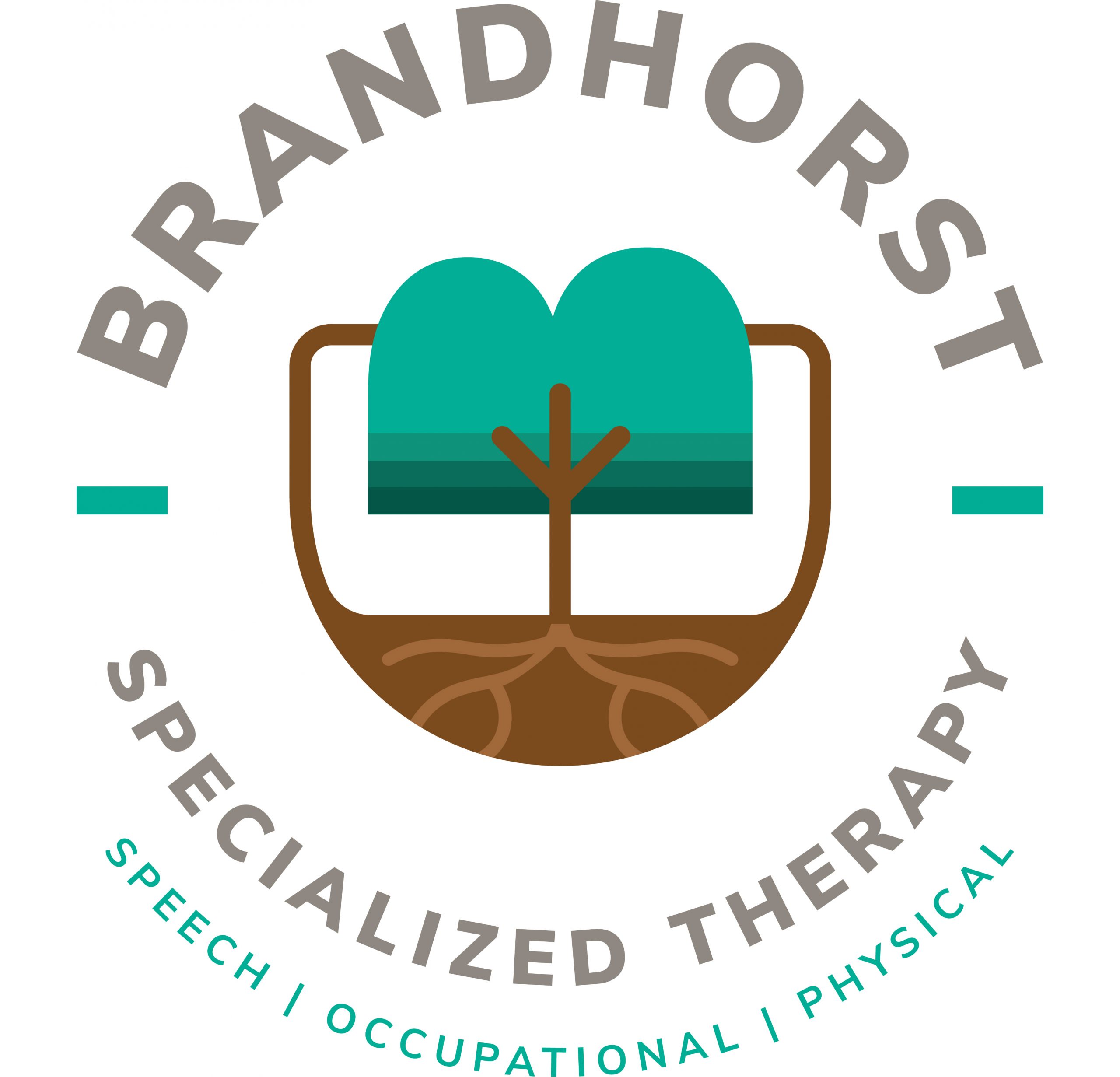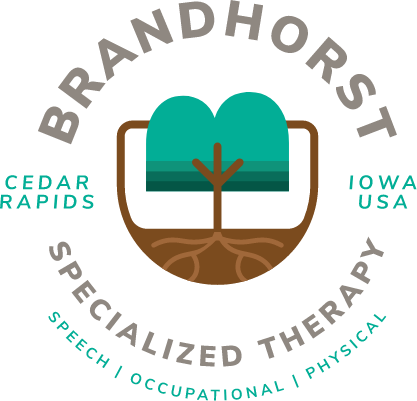Expert Therapy
who we are
At Brandhorst Specialized Therapy, we recognize that bodies are complex, integrated systems. When a presenting problem does not respond to traditional therapy, we dig deeper! The vision held by a single therapist working out of her car has expanded to include like-minded clinicians with diverse speech and pediatric occupational therapy specializations.
We diagnose and treat movement, motor, speech, sensory, and feeding disorders. These disorders may be related to premature birth, picky eating, Autism Spectrum Disorder, tethered oral tissue, Down Syndrome, Cerebral Palsy, degenerative disease, CVA, TBI, apraxia of speech, developmental delay, and more. We work with other medical professionals to uncover the airway, musculoskeletal, and neurological factors that contribute to the observable concern. Then we develop individualized, family-centered treatment strategies, drawing from both traditional therapy practices and innovative techniques.
Our approach enables patients to find the answers and support needed to stabilize, grow, and thrive.
Understanding Pediatric Physical Therapy and How It Helps Children Recover From Injury
One of the scariest things that parents have to deal with is injuries that may affect the physical and emotional health of their children. These injuries can occur at many different times, including when the child is playing with friends or during normal day-to-day life. As a result, it is important for parents to understand how the best pediatric physical therapy in Cedar Rapids, Iowa, can protect their children from injury. Fully understanding these professionals will ensure that a child gets the help that they need.
How Pediatric Physical Therapy Differs From Traditional Types
Physical therapy is a high-quality treatment option that centers around managing various types of physical injuries, such as strains, broken bones, and much more. A typical session in physical therapy includes various exercises and routines that work the injured area in a controlled manner, limiting the damage and making the area stronger. Typically, this type of therapy differs from pediatric physical therapy in just a handful of ways, each of which is important for parents to properly understand.
First of all, child-based physical therapy focuses on a child’s limitations to avoid injuring them. Children don’t have as strong of bodies as adults and may be prone to injury during traditional physical therapy. However, child-based options used less pressure, focus on a child’s capabilities, and work to ensure that they can work their bodies without injuring themselves. And therapists of this type are specially trained to handle the unique needs of a child to ensure that they are properly managed, as well. They not only know how to provide a child with the appropriate physical care but also can help with any emotional difficulties that they may experience.
All of these exercise techniques are designed to provide a child with the best chance of overcoming the difficulties that may plague them, such as a sprain that won’t get better, managing various types of broken bones, enhancing their athletic skills, and much more. Before scheduling pediatric physical therapy for a child, though, parents should take the time to understand what types of injuries this treatment may help, giving their young one the best chance of overcoming any painful conditions. In this way, you’ll know when to hire a physical therapist for your child and fully understand the treatments that they can provide.
Injuries That May Require Care
Pediatric physical therapy isn’t something that is done without reason. Typically, children have a pretty specific reason that they receive high-quality treatment from a professional. These can vary from injuries all the way to conditions that may have plagued the child from birth. Understanding these situations can ensure that a parent chooses the proper care method and that their child is prepared for the demands that this type of therapy may put on them as a young person.
For example, many types of sports injuries require physical therapy. If your child plays baseball, football, soccer, or any other type of very active sport, there is a good chance that they may end up getting injured at some point. Thankfully, physical therapy can help here by decreasing the severity of their injury and ensuring that it goes as smoothly as possible. Just as importantly, they can help to make sure that a child doesn’t end up injuring the area again and having to go through physical therapy again.
However, there are many other situations in which a child may need pediatric physical therapy. For example, some children may have genetic disorders that decrease their developmental speed. These conditions may make it necessary for a physical therapist to work with them to increase their motor skills and their strength. And some children may have nerve-based conditions that weaken their bodies or have poor coordination and muscle strength that makes it necessary for them to get high-quality physical therapy to recover from this problem.
A Typical Physical Therapy Session
Lastly, it is important for you to know how a standard pediatric physical therapy session goes for your child. The techniques used will vary depending on the nature of your child’s injury to ensure that they get specialized and focused care. The first thing that therapists do is diagnose what is wrong with your child, pinpoint the exact cause of their pain, and then create a series of fun exercises that they will teach your children how to do and guide them through each treatment process with a firm, yet gentle, hand to ensure that they finish each properly.
The biggest goal of a typical session is to make sure that your children are having fun during treatment. Therapists understand that children need to feel like they are enjoying themselves during this type of care or it may seem boring or too hard for them to do. Thankfully, most therapy sessions are scheduled like a play date with a friend – and your child is likely to look at their therapist as an adult friend because they’ll encourage them to play and have fun in a manner that enhances their physical and emotional strength after injury.
For instance, a pediatric physical therapy session may include strength-building activities like playing on large exercise balls to improve core strength and muscle density in the legs and ankles. Children are also encouraged to balance on beams, with the therapist counting down the time that they stand to make it a fun and competitive game. Children are also likely to stand on one foot, run and hop to showcase their coordination, and do stretches to keep their muscles strong. And many of these exercises can be taken home and done with your child there to keep them healthy.
Reach Out to Us to Learn More
As you can see, the best pediatric physical therapy Cedar Rapids, Iowa, has to offer can give your child the best chance of avoiding injury and staying strong and capable through many types of situations. So if you are interested in this type of treatment and want your child to get the best care you can find, please reach out to us at Brandhorst Specialized Therapy right away to learn more. Our experts have years of experience working with children like yours and are more than capable of handling this situation for them.


